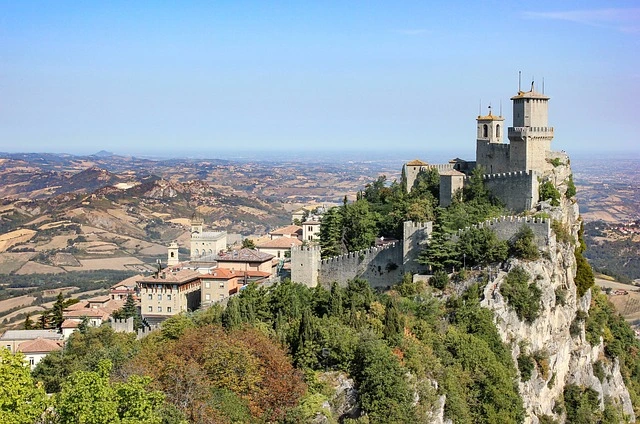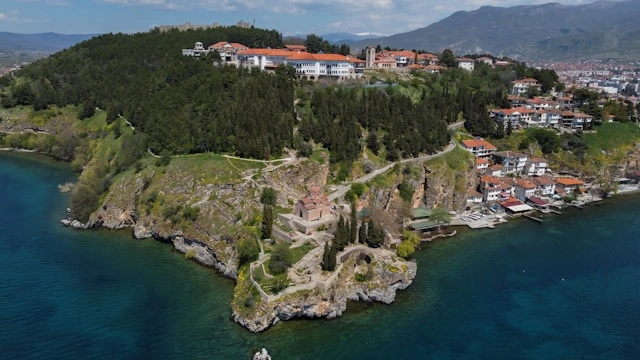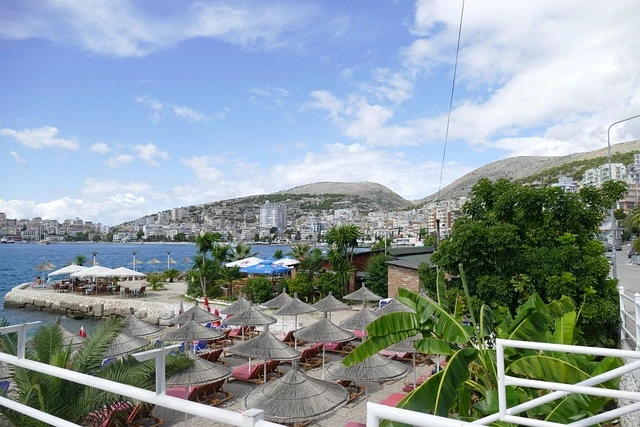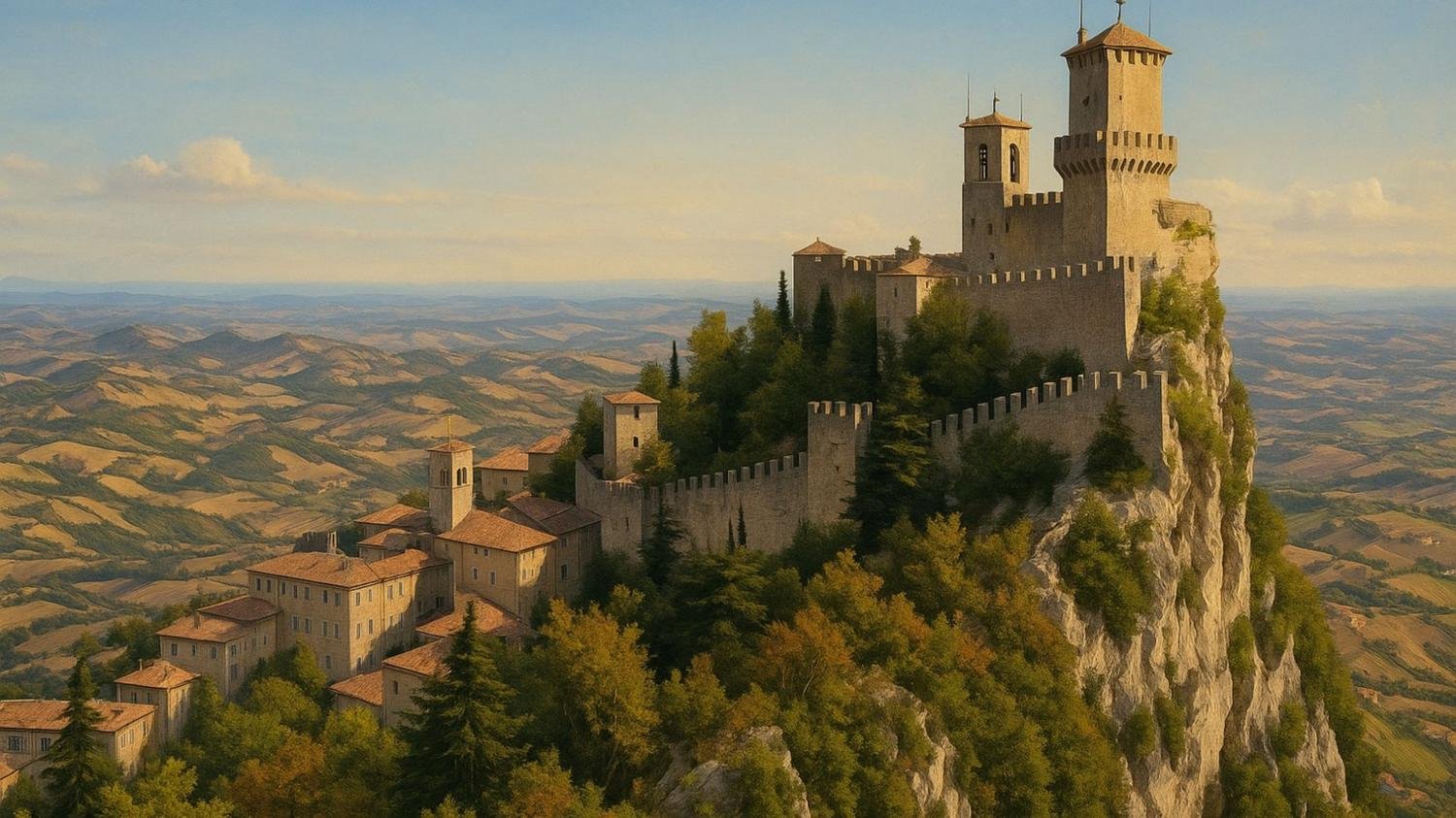Europe’s Secret Corners: An Introduction
While millions of tourists flock to Paris, Rome, and Barcelona each year, Europe harbors several lesser-known countries that remain wonderfully uncrowded. These hidden gems offer authentic cultural experiences, stunning landscapes, and fascinating histories without the overwhelming crowds. Perfect for travelers seeking something beyond the typical European vacation, these destinations deliver unique experiences at often more affordable prices.
Why These European Countries See Fewer Visitors
These countries remain less frequented for various reasons. Some are geographically small or landlocked, making them easy to overlook when planning European itineraries. Others have limited tourism infrastructure or suffer from outdated perceptions about safety or accessibility. Many travelers simply stick to familiar destinations promoted heavily by travel agencies and social media. Additionally, limited international marketing budgets mean these countries can’t compete with their more popular neighbors for tourism attention.
The Joy of Exploring Europe’s Quieter Destinations
Traveling to less-visited countries offers tremendous rewards for adventurous travelers. Without crowds of tourists, visitors can experience more authentic cultural interactions, enjoy attractions without long lines, and discover places that haven’t been “staged” for mass tourism. These destinations often provide better value for money while supporting economies that benefit greatly from tourism dollars. Best of all, exploring these places gives travelers unique stories and experiences few others share.
1. San Marino: Europe’s Ancient Microstate
The Mountain Republic That Time Forgot

A Tiny Nation with a Big History
Completely surrounded by Italy, San Marino proudly claims to be the world’s oldest republic, founded in 301 CE. This microstate covers just 61 square kilometers, making it the fifth smallest country in the world. Despite its diminutive size, San Marino packs an impressive historical punch with its perfectly preserved medieval architecture and dramatic mountaintop setting.
Hidden in Plain Sight
Perched atop Mount Titano in northeastern Italy, many travelers simply don’t realize San Marino exists as a separate country. Its location away from major transportation hubs means it’s rarely included in standard European tours, and many visitors to Italy overlook this nearby gem completely.
Why Tourist Numbers Remain Low
San Marino sees relatively few overnight visitors as most people who do visit come on day trips from nearby Italian resorts. Its small size means many travelers assume there’s not enough to warrant a dedicated stay. Limited accommodation options and somewhat challenging public transportation access also contribute to lower visitor numbers.
Mountain Castles and Panoramic Views
The highlight of any visit is exploring the three towers of Monte Titano, connected by a scenic path offering spectacular views across Italy to the Adriatic Sea. The well-preserved historic center, a UNESCO World Heritage site, features winding cobblestone streets, the ornate Basilica di San Marino, and the fascinating Public Palace. The country’s unique postal and stamp system also attracts collectors from around the world.
Perfect for History Enthusiasts
San Marino offers an ideal getaway for those fascinated by medieval history and unusual political entities. The lack of border controls makes visiting seamless, while the stunning mountain setting provides dramatic photo opportunities at every turn. Despite being small, the country can easily fill 1-2 days of exploration.
Something Unexpected
San Marino maintains its own military unit of just 80 active soldiers – possibly the smallest standing army in the world – primarily serving ceremonial functions in colorful uniforms that date back centuries.
2. Liechtenstein: Alpine Principality of Prosperity
The Wealthy Pocket Kingdom Between Mountains

Europe’s Fourth-Smallest Country
Nestled between Switzerland and Austria, Liechtenstein is a 160-square-kilometer principality known for its wealth, stunning Alpine landscapes, and unique political status as one of the world’s few remaining monarchies with actual governing power. Despite being one of the world’s richest countries per capita, it remains refreshingly low-key.
Tucked Away in the Alps
Located in the Upper Rhine Valley, Liechtenstein is completely landlocked between Switzerland and Austria. With no airport and just one train station (in Schaan), the country requires some effort to reach, typically via Swiss or Austrian transportation networks.
Off the Mass Tourism Radar
Liechtenstein’s absence from standard European tour packages contributes to its low visitor numbers. Without iconic attractions featured in travel magazines or blockbuster movies, it rarely makes bucket lists. Its reputation as a financial center rather than a tourism destination means many travelers simply don’t consider it when planning European trips.
Castle Views and Alpine Adventures
Vaduz Castle, perched on a hillside overlooking the capital, provides the country’s iconic image, though it remains closed to the public as the prince’s residence. Visitors can enjoy excellent hiking in the surrounding mountains, explore the modern Kunstmuseum Liechtenstein, sample local wines, and visit the fascinating Postal Museum. Winter brings opportunities for skiing in Malbun, the country’s only resort.
Perfect for Collectors and Outdoor Enthusiasts
Liechtenstein appeals particularly to stamp collectors, country counters, and outdoor enthusiasts. The pristine Alpine environment offers excellent hiking and winter sports without the crowds found in neighboring Swiss or Austrian resorts. The walkable capital of Vaduz can be explored in a few hours, making it perfect for travelers seeking unique passport stamps and tranquil mountain scenery.
Something Unexpected
During the Austro-Prussian War, Liechtenstein sent an army of 80 soldiers to defend its borders – but they returned with 81, having made a friend along the way and suffered no casualties.
3. Moldova: Europe’s Least Visited Wine Haven
The Undiscovered Wine Country

Eastern Europe’s Best-Kept Secret
Moldova sits between Romania and Ukraine as one of Europe’s least visited countries, despite boasting some of the continent’s most impressive wine cellars and a fascinating blend of cultures. This small, landlocked nation offers visitors authentic experiences untouched by mass tourism, with warm hospitality that makes up for its limited tourist infrastructure.
Tucked Between East and West
Located in Eastern Europe without access to the sea, Moldova remains outside the Schengen Zone and away from major European travel routes. Its position between Romania and Ukraine places it in a region many Western tourists perceive as remote, despite being just a short flight from major European hubs.
Tourism Challenges and Perceptions
Moldova struggles with outdated perceptions about safety and infrastructure dating from the post-Soviet period. Limited international marketing and relatively few English speakers can make independent travel seem challenging. The ongoing situation in the breakaway region of Transnistria also creates uncertainty for potential visitors unfamiliar with the region.
Wine Cellars and Cultural Heritage
Moldova’s crown jewels are its incredible wine cellars, particularly Milestii Mici (holding the world’s largest wine collection) and Cricova with its underground streets named after wines. The capital Chisinau offers Soviet architectural heritage alongside Orthodox churches and excellent museums. The archaeological complex of Orheiul Vechi, with its cave monastery set in a dramatic limestone cliff, provides one of Europe’s most underrated historical sites.
Perfect for Wine Lovers on a Budget
Moldova offers exceptional value for money, with quality food, accommodation, and experiences at a fraction of Western European prices. Wine enthusiasts will delight in tastings and tours costing significantly less than equivalent experiences in France or Italy. The country’s compact size means visitors can experience diverse attractions within short distances.
Something Unexpected
Moldova’s Milestii Mici wine cellars extend for over 200 kilometers underground, with streets named after wine varieties, and hold nearly 2 million bottles – earning it a Guinness World Record.
4. North Macedonia: Balkan Beauty Beyond Borders
Where Ancient History Meets Mountain Wilderness

Southeastern Europe’s Historical Crossroads
North Macedonia emerged from the former Yugoslavia with a rich cultural heritage reflecting Byzantine, Ottoman, and Slavic influences. Despite its small size, the country offers remarkable diversity – from the atmospheric old town of Ohrid on Europe’s oldest lake to rugged mountain ranges perfect for hiking and winter sports.
Nestled in the Balkans
Located in the heart of the Balkan Peninsula, North Macedonia borders Kosovo, Serbia, Bulgaria, Greece, and Albania. Without coastal access and situated away from major European transit routes, it often falls outside standard Balkan itineraries.
Overshadowed by Neighbors
North Macedonia suffers from limited name recognition and confusion with neighboring Greece’s Macedonia region. Years of naming disputes kept the country from major tourism development, while more established destinations like Croatia and Greece attracted the majority of travelers to the region. Limited international flights and somewhat less developed tourism infrastructure also contribute to lower visitor numbers.
Lakes, Mountains and Byzantine Treasures
Lake Ohrid, a UNESCO World Heritage site, forms the country’s tourism centerpiece with its crystal-clear waters and the charming historic town on its shores. The capital Skopje offers an eclectic mix of Ottoman architecture, modernist buildings, and controversial recent monuments. Outdoor enthusiasts can explore three national parks, including Mavrovo with its skiing opportunities and half-submerged church.
Perfect for Budget Explorers
North Macedonia offers exceptional value with affordable accommodation, meals, and activities. The country’s compact size makes it possible to experience diverse landscapes and attractions without extensive travel time. English is increasingly common in tourist areas, and the hospitality culture makes solo travelers feel especially welcome.
Something Unexpected
North Macedonia claims to have more mountains and mountain lakes than any other country of its size in the world, with over 50 lakes and terrain that’s 80% mountainous.
5. Albania: Mediterranean’s Last Frontier
Europe’s Emerging Coastal Paradise

From Isolation to Adventure Destination
After decades of isolation under communist rule, Albania has emerged as Europe’s most exciting up-and-coming destination. With pristine beaches rivaling the Mediterranean’s best, untouched mountain villages, and ancient ruins without the crowds, Albania offers adventurous travelers authentic experiences increasingly rare in Europe.
Mediterranean Coastline with Balkan Heritage
Situated in the western Balkans across from Italy’s heel, Albania boasts 362 kilometers of Adriatic and Ionian coastline alongside rugged mountain landscapes. It borders Montenegro, Kosovo, North Macedonia, and Greece, yet remains outside the main Balkan tourist circuit.
Lingering Misperceptions and Infrastructure Challenges
Albania suffers from outdated stereotypes about safety dating from its turbulent 1990s transition period. Limited international flight connections and ongoing infrastructure development mean some areas remain challenging to access. The country’s tourism services, while rapidly improving, still lag behind more established European destinations.
Riviera Beaches and Ottoman Architecture
The Albanian Riviera features stunning beaches like Ksamil and Drymades that rival more famous Mediterranean stretches without the crowds or prices. UNESCO sites include the Ottoman-era town of Gjirokastër and the archaeological park at Butrint. The capital Tirana buzzes with colorful buildings, trendy cafes, and fascinating museums documenting the country’s unique history.
Perfect for Adventure Seekers
Albania attracts travelers seeking experiences beyond typical European tourism. The combination of mountain hiking, beach relaxation, and cultural exploration makes it ideal for those wanting variety within a single trip. Budget travelers appreciate the exceptional value, with costs significantly lower than nearby Greece or Croatia.
Something Unexpected
Albania has over 750,000 concrete bunkers scattered throughout the country – built during the communist era under Enver Hoxha’s paranoid leadership – some of which have been transformed into cafes, homes, and even tiny museums.
Ready to Explore Europe’s Road Less Traveled?
These five countries offer authentic European experiences without the crowds and high prices found in more popular destinations. From mountain microstates to undiscovered wine regions, each provides unique cultural encounters and memorable landscapes for travelers willing to venture beyond familiar territory. As tourism gradually increases to these hidden corners, now is the perfect time to experience their unspoiled charm before the secret gets out.
Have you visited any of these lesser-known European countries? Drop your thoughts in the comments below!

